This Is How The Universe Changes With Every New Year That Passes
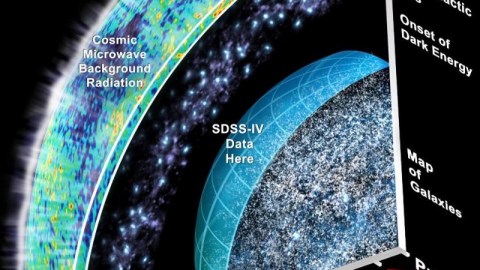
After 13.8 billion years, there’s still a whole lot that’s changing as time goes on.
With each new year that comes upon us, there are a slew of new events awaiting us not only here on Earth, but throughout the entire observable Universe. Despite all appearances that things don’t change very much, particularly on cosmic scales, our planet, the Solar System, the galaxy, and even the entire Universe all undergo significant metamorphoses that are not only detectable, but that cumulatively add up as time goes on.
It might be easy to notice the major events as Earth orbits the Sun, such as the changing moon phases, eclipses, meteor showers, and comets passing through our skies. Variable stars change their appearances, new stars form, and old stars die. Occasionally we’ll even witness a cataclysmic event, such as a supernova, black hole merger, or gamma-ray burst. But even a single year can herald some amazing ways our Universe is forever altered.

A day on Earth is slightly longer this year than last year. It might be hard to notice in just a single year, but the time it takes Earth to spin about a full 360° on its axis is longer today than it was one year ago, by approximately 14 nanoseconds. That might not make much of a difference to most of us — excepting those of us who pay close attention to the occasional leap second — but this really adds up over time.
This continual slowing, caused by the tidal friction exerted by the Moon and Sun on the spinning Earth, means that fewer and fewer planetary rotations occur with each revolution around the Sun. In another 4 million years, leap years (like this one) will no longer be necessary for our calendars, as a year will consist of exactly 365 days. Back in the earliest days of the Solar System, a day on Earth was only 6-to-8 hours, meaning we had over 1,000 days per year. But our rotation rate is just the start of what changes in a year.
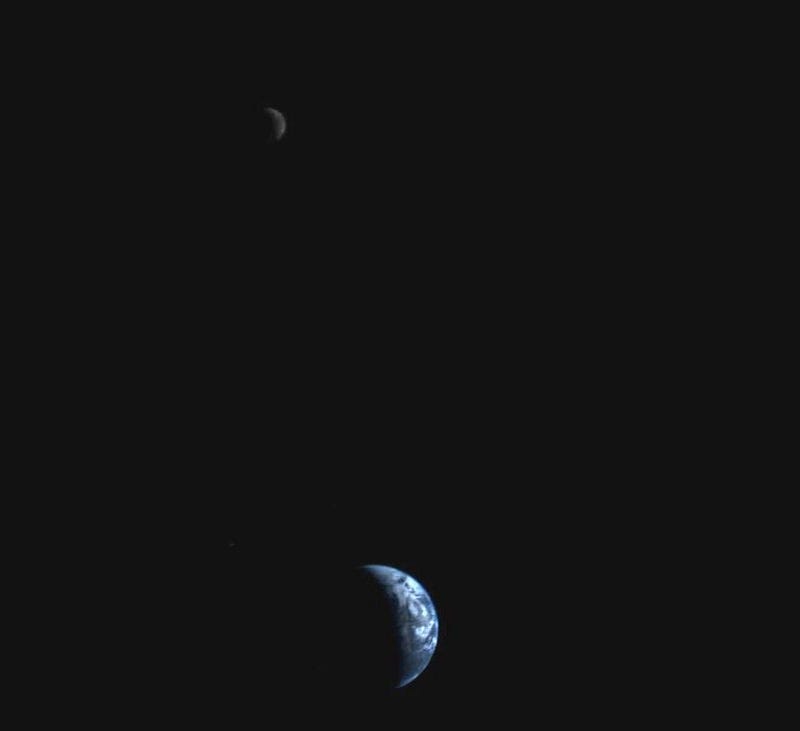
The Moon is farther away from Earth than last year. This one is an incredible challenge in terms of our observational capabilities, because the difference between apogee and perigee — the Moon’s farthest and closest approaches to Earth — is more than 40,000 kilometers, while the Moon spirals outward, away from Earth, at a rate of just a few centimeters per year: right at the limit of lunar laser ranging technology.
But if the Earth’s spin is slowing, that means its losing angular momentum, which is one of those quantities in physics that can never be created or destroyed. If Earth is losing angular momentum, something else must be gaining it, and that’s the Moon’s orbit, which spirals outward in response. Over time, the Moon gets farther and farther away. Whereas today we get a mix of total, annualar, and hybrid solar eclipses, in another 650 million years, all solar eclipses will be annular. The Moon will be distant enough that even a perfect alignment won’t completely block out the Sun.

The Sun is slightly hotter this year than last year. From moment to moment, the Sun is a slightly variable star, with an energy output that shifts by about 0.1% in either direction. But if we take a long-term average, some subtle changes emerge. From 365 days ago until right now, the Sun is slightly more luminous by 5 billionths of a percent, or an increase in energy output and brightness by 0.000000005%.
On the timescale of a single year, this might seem negligible, but it starts to matter as time goes on. The Sun gets its energy by converting matter into energy via Einstein’s E = mc², causing it to lose about 10¹⁷ kg of mass over the course of each year. The more fuel it burns through, the hotter the core gets, causing it to burn through its fuel even faster. In about 1-to-2 billion years, the Sun’s energy output will have increased by sufficient amounts that Earth’s oceans will boil, bringing an end to life on our world as we know it.

A handful of small new stars are born in the Milky Way. Throughout most modern galaxies, including our own Milky Way, gas clouds still exist and collapse under their own gravity. Over timescales of millions of years, this leads to the formation of new stars, as showcased through the various star-forming nebulae visible in the night sky.
Our galaxy’s current rate of star formation teaches us that 0.68 solar masses of material form new stars each year, a typical figure for a large, quiet galaxy like our own. This is only an average, of course, as some of the stars we’ll form are ~100 solar masses while the majority are less than 40% the Sun’s mass, but in a typical year it will result in the formation of a few red dwarf stars. Throughout the Universe, the current rate of star formation is only about 5% of what it was at its peak some 11 billion years ago.

We’ve got a few percent chance of a supernova in our own galaxy. Around 50 years ago, we thought that supernovae were extremely rare, with Tycho’s 1572 and Kepler’s 1604 supernovae being the last two visible from Earth with the naked eye. But just because one isn’t visible from Earth with the naked eye doesn’t mean they don’t occur elsewhere in the Milky Way.
Both of the identified supernova remnants, above, point to a more recent origin than the 1604 supernova and are definitively located in the Milky Way. Our galaxy ought to experience about 4 times the rate of core-collapse supernovae than the ones (type Ia) arising from white dwarfs, with a total rate between 2-and-7 per century. With neutrinos detectors all over the world, we won’t miss the next one, even if we don’t visually catch it.
But on the scale of the entire Universe…
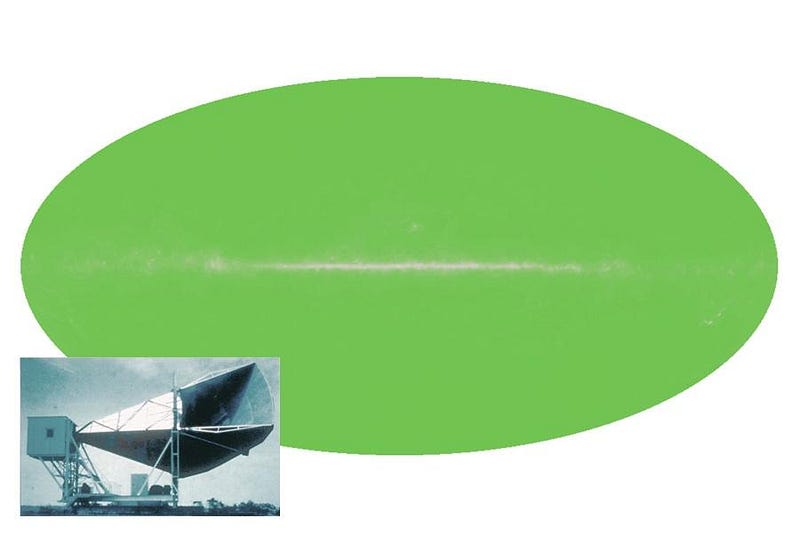
The Universe is slightly cooler this year than last year. In every direction that we look, we see the same leftover glow of radiation. This bath of photon clocks in at a cool 2.7255 K, but comes to us omnidirectionally and continuously at all times, with a little over 400 photons from the Big Bang occupying every cubic centimeter of space. It only became this cool after 13.8 billion years of cosmic expansion, which stretched all the radiation and cooled it down to the microwave frequencies it occupies today.
Of course, the Universe is still expanding and cooling, and will continue to do so until those photons asymptotically approach absolute zero. A year only makes a tiny bit of difference, cooling the cosmic microwave background by about 200 picokelvin versus its temperature a year ago. Wait around for another few tens of billions of years, and we won’t be able to detect this background anymore at all!
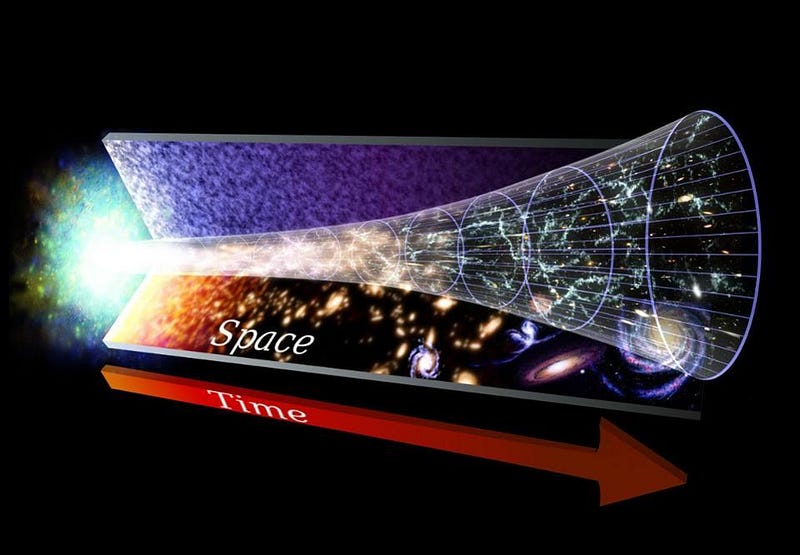
The cosmic horizon grows by 60 trillion km, or 6.5 light-years in all directions, each year. When you ask the question of how distant the absolute farthest thing in the expanding Universe is that we can possible observe is, the answer you arrive at is 46.1 billion light-years away. But with each year that ticks by, that increases by another 6.5 light-years in all directions.
That tiny increase in radial distance corresponds to a volumetric increase of some 170 sextillion cubic light-years. This extra volume of space, given the density of galaxies within our cosmos, means that with every year that goes by, an additional ~850 galaxies become visible, in principle, to humanity.
But as far as the galaxies we can reach goes, the opposite is true.

Approximately Approximately 20 million stars that were previously accessible at the speed of light are now forever beyond our reach. Dark energy has been dominating the Universe’s expansion for the past 6 billion years, and that causes distant galaxies to recede from us at progressively faster and faster rates. At some critical distance, about a third of the way to the cosmic horizon (around 16 billion light-years), the galaxies more distant than this will appear to recede from us at speeds faster than light.
This means that if we loaded up a spaceship that was capable of instantaneously accelerating to speeds indistinguishable from the speed of light, it could only reach the galaxies that were closer than this critical distance. With each year that passes, approximately 20 million new stars — or about one small dwarf galaxy — transitions from being reachable to being unreachable from our perspective. The Universe is disappearing, and this is the rate at which it’s doing so.
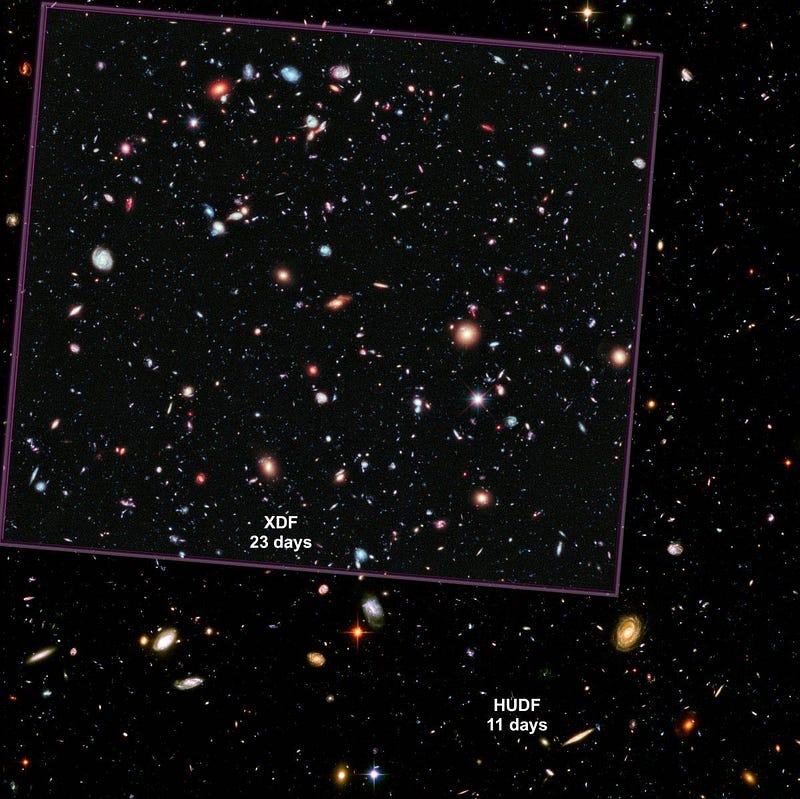
With an 13.8 billion year lifetime so far, the Universe has certainly been around for some time. While it may seem to change only imperceptibly on human timescales, the fact remains that these changes are real, important, and cumulative. If we look closely and precisely enough, we can observe these changes on timescales as small as a single year.
These changes affect not only our home world, but our Solar System, galaxy, and even the entire Universe. We are only in the beginning stages of exploring how the Universe changes over time and what it looks like at the greatest distances and faintest extremes. May the 2020s mark the decade, at long last, where we pool our efforts as a species into the endeavor to uncover the greatest cosmic secrets of all.
Ethan Siegel is the author of Beyond the Galaxy and Treknology. You can pre-order his third book, currently in development: the Encyclopaedia Cosmologica.





